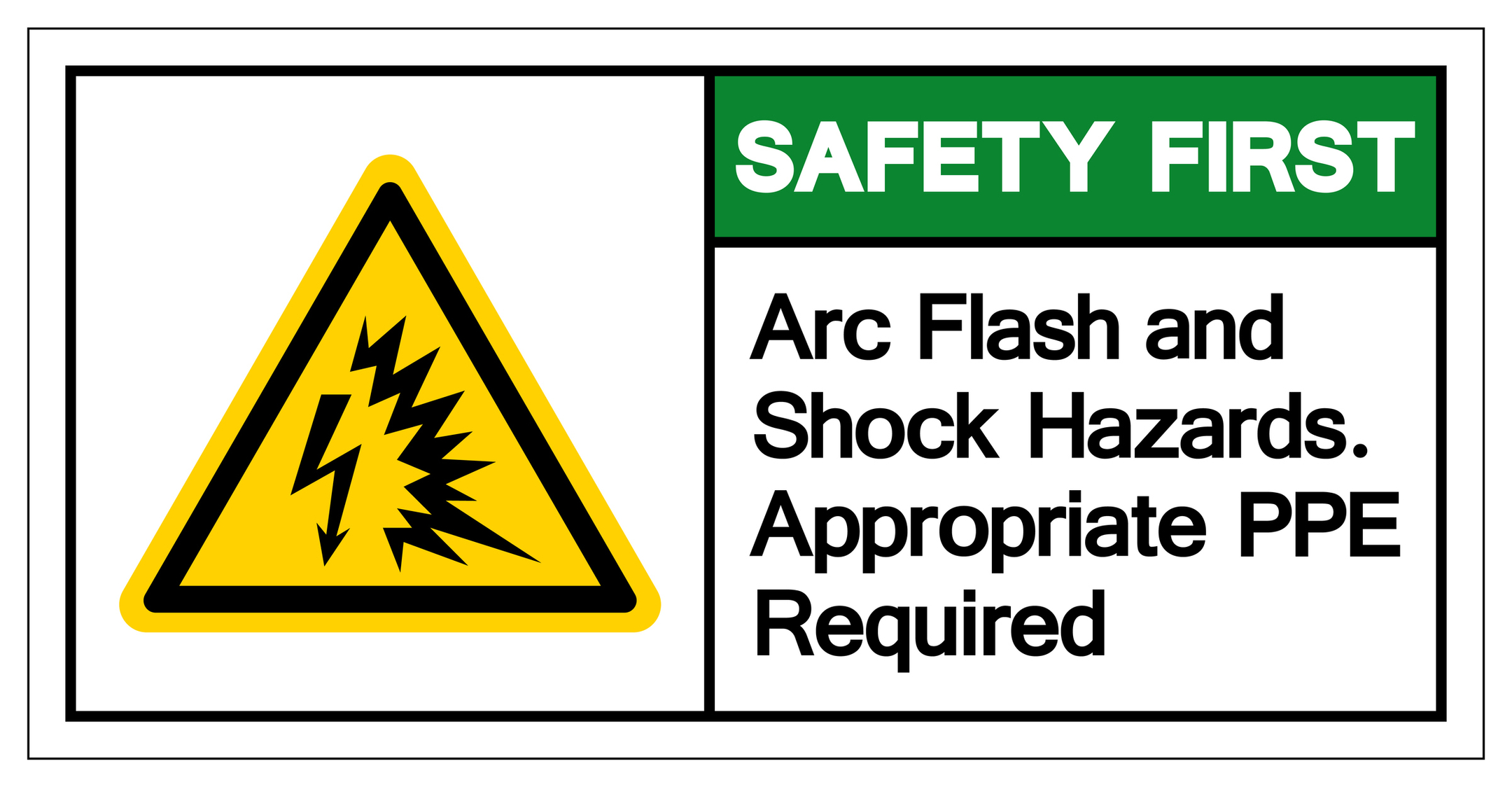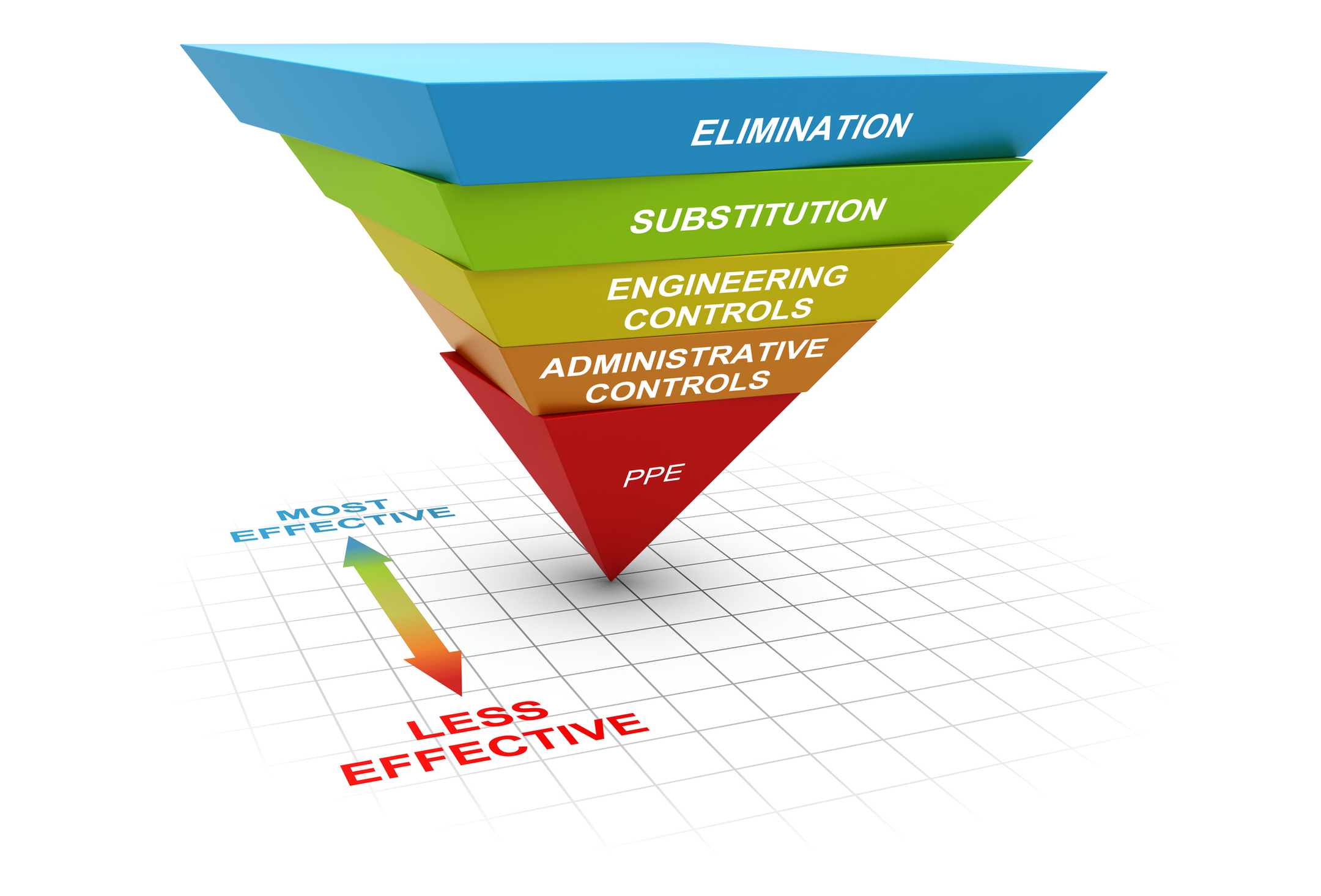Reducing the Dangerous Risks of Arc Flash
Those responsible for working on and around live electrical sources place themselves at risk each time they approach an energized circuit. A common hazard is electrocution from receiving a shock. This can be caused by degraded or missing insulation, improper use or selection of tools, or simple complacency to the known hazards.
A less common risk, but one that is a much more violent reaction or occurrence, is death by arc flash. This occurs when there is exposure to explosive or rapidly expanding gases (deflagration) from energized circuits, causing blast pressure hazards, extreme heat and/or fire, flying and penetrating debris, electrical shock, and life-threatening physical injuries to the brain, internal organs, and dismemberment.

What Is an Arc Flash?
In simple terms, arc flash is light and heat produced from an arc fault, a type of discharge that results from a connection through air to ground or another voltage phase in an electrical system. The Occupational Safety and Health Administration (OSHA), states an arc flash is a phenomenon where a flashover of electric current leaves its intended path and travels through the air from one conductor to another, or to ground.
What Causes an Arc Flash?
Electrical arcing begins when the electricity exits its intended path and begins traveling through the air toward a grounded area. Once this happens, it ionizes the air, which further reduces the overall resistance along the path that the arc is taking. This helps draw in additional electrical energy. Whether from a spark created by an insulation gap, equipment failure from using poor quality parts, improper installation of equipment, or just normal wear and tear over time, the electrical path is altered away from its intended path.
What Are the Results of an Arc Flash?
A flash occurs in less than 1/1000 second. To provide perspective, the blink of an eye is 1/10 second. The resultant discharge of heat reaches 35,000 °F (19,427 °C), that scientists tell us is more than four times the surface temperature of the sun! When this extreme temperature vaporizes materials around it, the vapors ignite and explode, producing a blast pressure equivalent to TNT, brilliant blinding light, and sound waves more than 140 decibels.
The results end up in property damage and significant human injury and death. In either case, there is potential for physical fire and energy blasts that destroy property, as well as burns, deafness, blindness, dismemberment from blast pressure, and electrocution of people.

How Can Arc Flash Risks Be Minimized?
An employer is liable and responsible for such occurrences, both civilly and legally. It’s important for front-line supervisors, all the way to executive management teams, to ensure that an accurate risk assessment is conducted to identify arc hazards and take appropriate steps to protect employees from them.
The best option is to follow Lockout/Tagout procedures to de-energize the equipment, whenever possible. Of course, there are some maintenance repair and servicing tasks that require working on energized circuits, which requires assessing the arc flash risks.
Following the guidance in NFPA 70E, employers must have an arc flash risk assessment performed. This assessment will help identify arc flash boundaries, the category level of arc flash protection, and the corresponding personal protective equipment (PPE). Additionally, employees must receive training on using the PPE.
Finding Arc Flash Hazard Solutions
Once an arc flash hazard has been identified and the risks assessed, an employer must follow the “hierarchy of controls” to eliminate or reduce hazard exposures. If arc hazards still exist, the last option in the hierarchy is to provide proper personal protective equipment (PPE). The PPE needed is based on the level of risk and arc flash category levels identified in the assessment.
Chicago Protective Apparel (CPA), a division of Mechanix Wear, offers a full line of arc flash clothing and accessories. For help in making the right selection of PPE, based on your assessment findings, an employer can reach out to distributor representatives or contact Mechanix Wear/CPA. For a full catalog selection of Chicago Protective Apparel arc flash clothing and equipment, click here.

Next Steps
Mechanix Wear also offers employers an opportunity to “test drive” its arc flash PPE. Innovative materials now make arc flash clothing lighter weight, cooler, and more comfortable for the wearer while not compromising on the protection needed. Learn more about our new 40 Cal Arc Flash Suit made with arc rated Pyrad® Technology by GORE-TEX LABS and request a no-risk trial.
To make things even simpler, Mechanix Wear/CPA offers clothing and gear in category levels 2-4 packaged in kits, so nothing is overlooked. Visit this link to select the kit that provides all the protection level needed.
With advances in technology, employers now have a choice between traditional arc flash PPE and the new innovative materials that provide greater comfort without compromising protection. Chicago Protective Apparel/Mechanix Wear stay on the front lines of innovation to provide you with employee- and budget-friendly choices that help you keep your employees safe while maintaining a competitive edge.
Contact us with your questions or to request a trial.